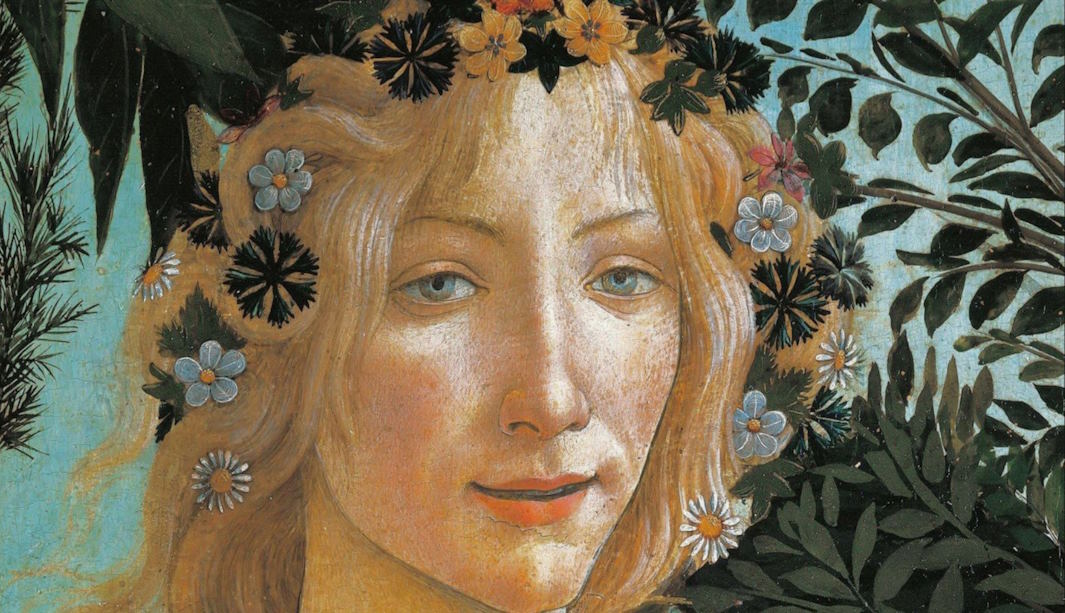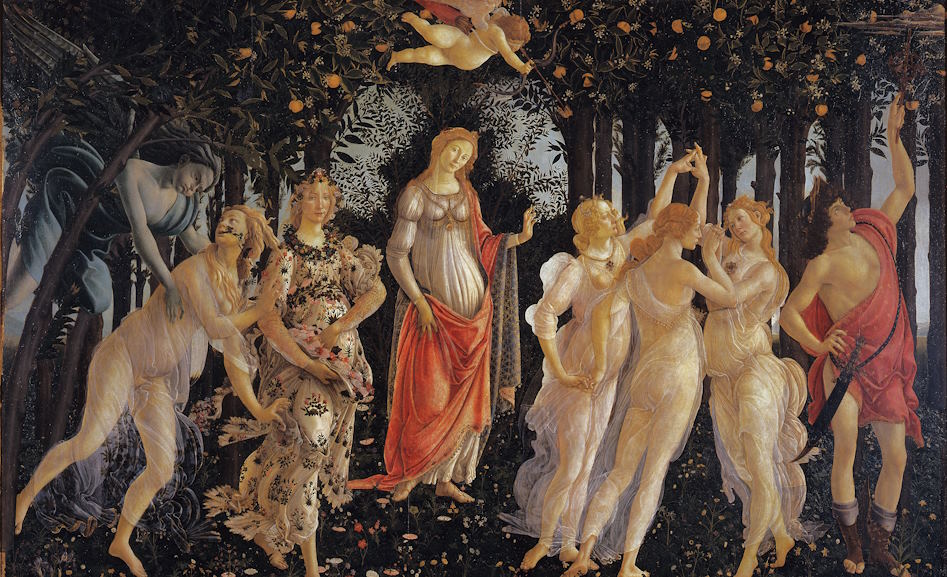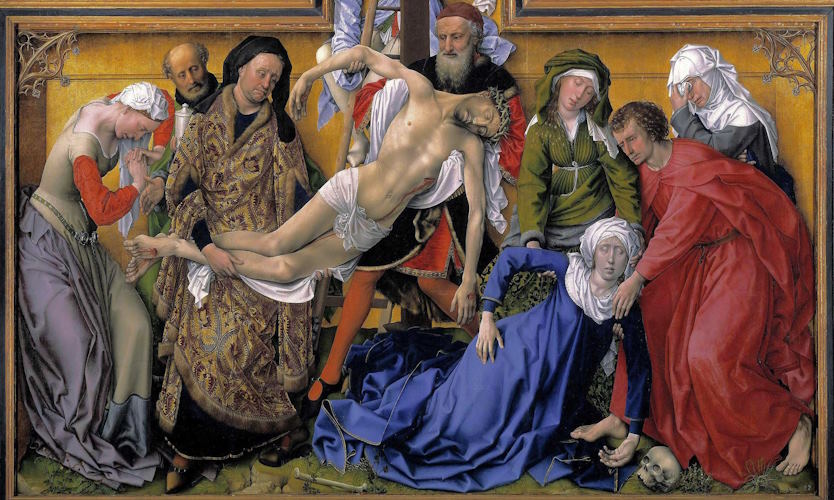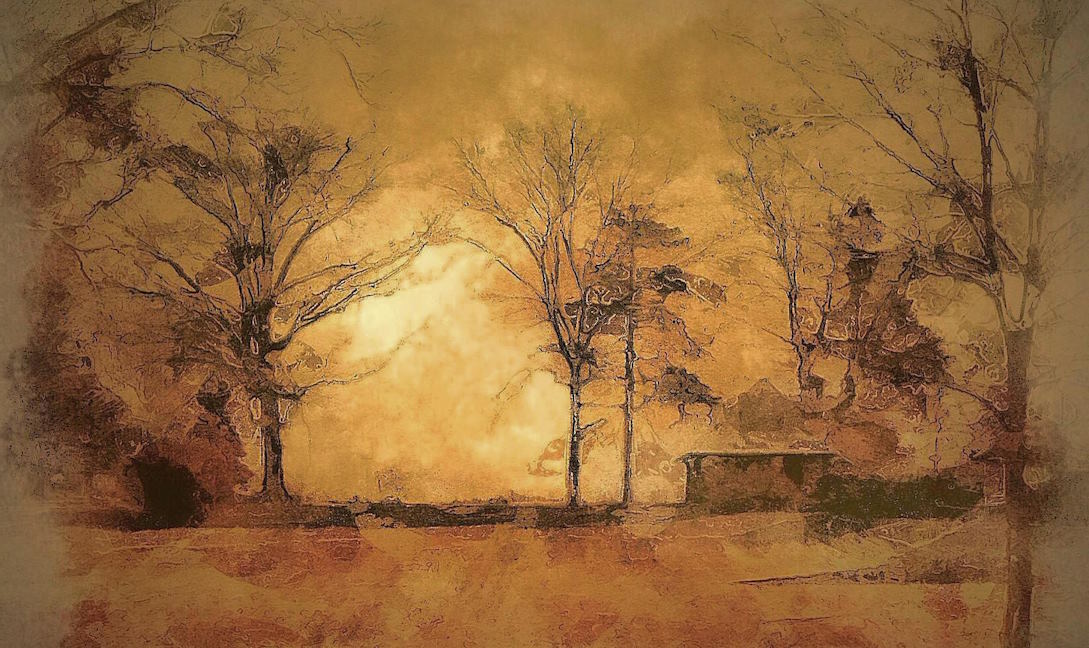
The Renaissance period stands as a beacon of artistic innovation, cultural revival, and intellectual flourishing. Central to the essence of Renaissance art is its intricate language of symbolism, serving as a conduit for expressing profound ideas, beliefs, and narratives. From the sacred halls of cathedrals to the opulent palaces of monarchs, Renaissance artists meticulously encoded layers of meaning into their masterpieces, inviting viewers to embark on a journey of interpretation and discovery.
Religious Symbolism in Renaissance Art
The Renaissance was an era deeply intertwined with religious fervor, and this spiritual essence found profound expression through symbolism in artworks of the period. Christian symbols such as the cross, dove, and lamb served as potent emblems, each laden with layers of significance. The cross, for instance, symbolized the crucifixion and resurrection of Christ, embodying themes of sacrifice, redemption, and divine love. The dove, often depicted in scenes of the Annunciation, represented the Holy Spirit and divine presence, while the lamb symbolized Jesus Christ as the sacrificial Lamb of God, embodying purity and atonement.
Biblical narratives were brought to life through intricate symbolism, with artists infusing their depictions of events like the Annunciation, Last Supper, and Crucifixion with rich allegorical meaning. These scenes were not merely visual representations but encoded messages conveying theological truths and moral lessons. Through subtle gestures, objects, and compositions, artists conveyed complex theological concepts, inviting viewers to contemplate the deeper significance of these sacred events.

Allegorical Figures and Themes
In Renaissance art, allegorical figures stood as personifications of virtues and vices, serving as powerful visual metaphors for moral and ethical concepts. Artists ingeniously depicted virtues like Justice, Fortitude, and Temperance as noble figures adorned with symbolic attributes, while vices such as Envy, Greed, and Wrath were often portrayed as grotesque or menacing beings. Through these allegorical representations, artists conveyed moral lessons and philosophical ideals, urging viewers to reflect on the eternal struggle between good and evil within the human soul.
Moreover, Renaissance artists personified abstract concepts like Love, Death, and Time, endowing them with human form and imbuing them with symbolic significance. Love, often depicted as a winged figure, symbolized passion, desire, and the pursuit of beauty. Death, portrayed as a skeletal figure wielding a scythe, served as a stark reminder of mortality and the inevitability of human fate. Time, represented as an elderly figure with an hourglass or a winged cherub, embodied the relentless passage of moments and the transience of life.

Political and Social Symbolism
Renaissance art was not only a reflection of religious fervor and philosophical exploration but also a powerful tool for political and social commentary. Portraits of rulers and nobility were often imbued with layers of symbolism, serving as visual declarations of power, prestige, and authority. Through meticulous attention to detail and strategic use of symbolism, artists depicted rulers in regal attire, surrounded by symbols of wealth and status, reinforcing their elevated positions within society.
Moreover, the representation of power dynamics was prevalent in Renaissance art, with symbolic elements such as crowns, scepters, and thrones playing pivotal roles in conveying hierarchical structures and the consolidation of authority. These symbols served as visual markers of sovereignty and legitimacy, affirming the divine right of monarchs to rule and govern their realms.
Furthermore, Renaissance artists employed social commentary and satire in their depictions of symbolic imagery, offering subtle critiques of contemporary society and its institutions. Satirical motifs and allegorical scenes often masked deeper critiques of political corruption, social inequality, and moral decadence, inviting viewers to reflect on the complexities of the human condition and the flaws inherent in societal structures.


